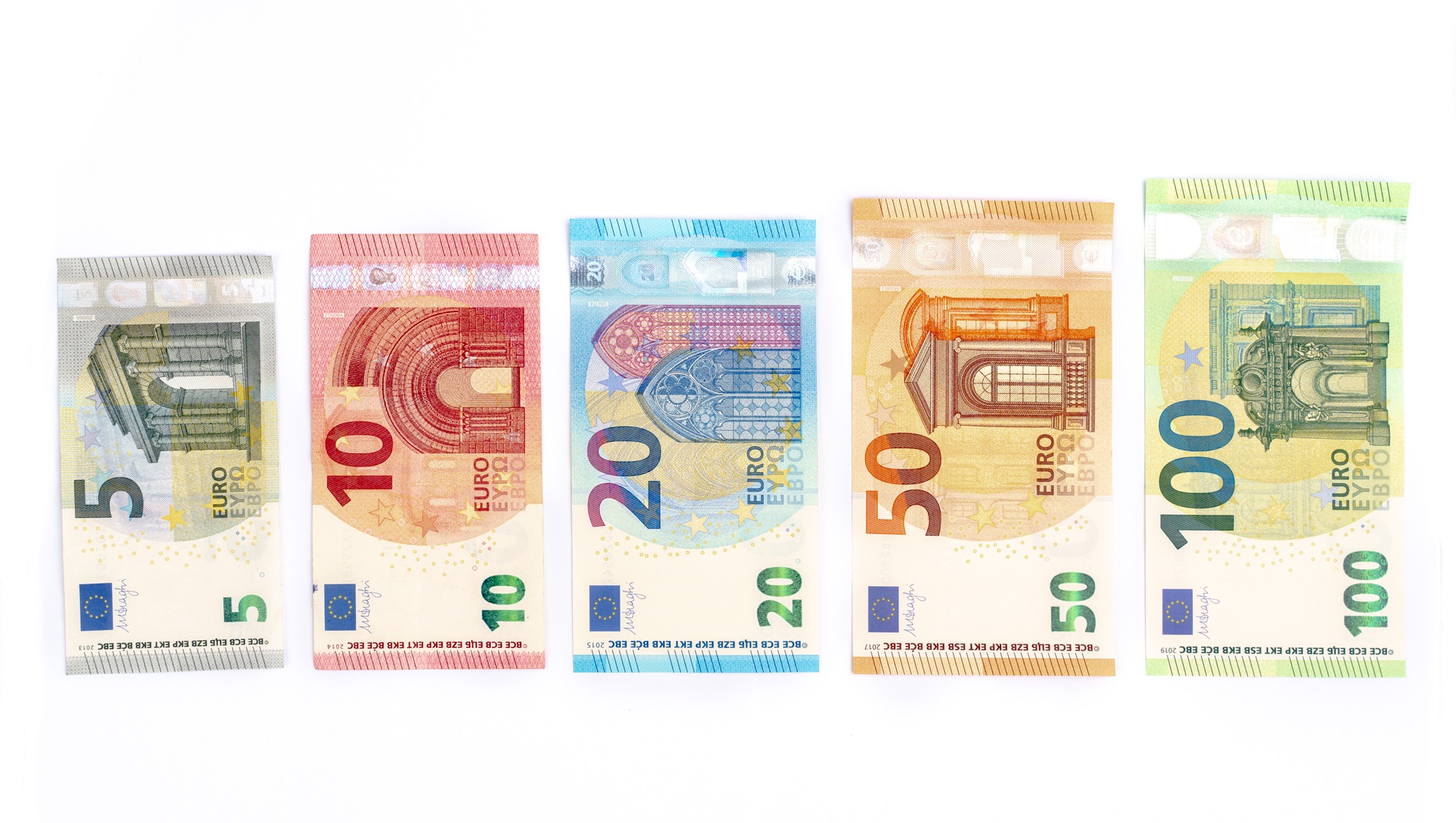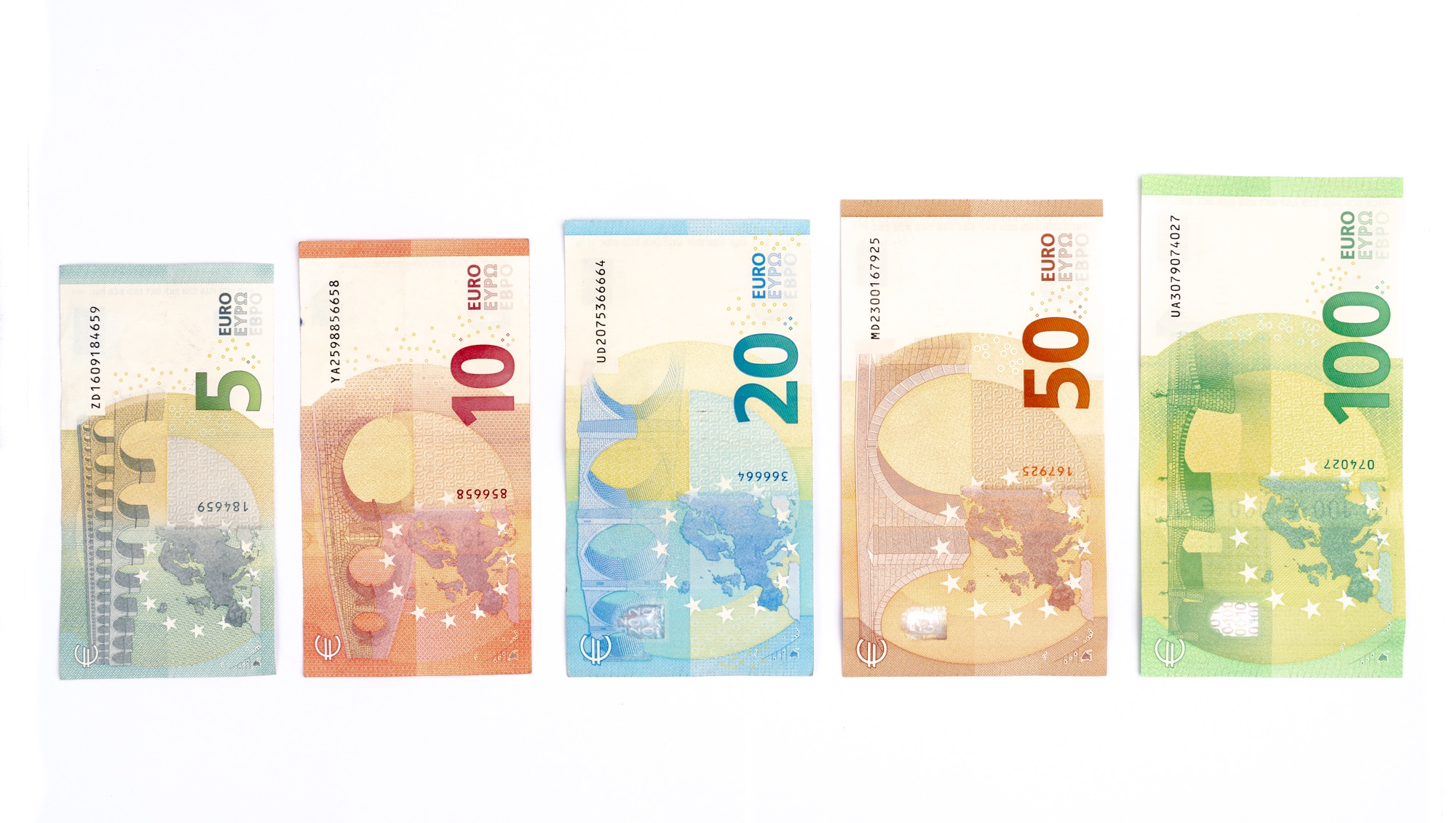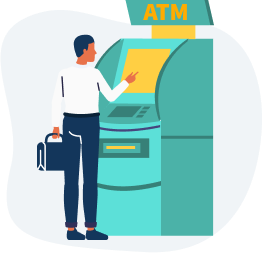Currency in Finland
A Travel Money Guide to Finland
Away from the well-trodden tourist track, Finland remains a shining gem to discover. Beyond its spectacular Northern Lights shows, its heavily forested lands, and its sauna traditions, most of us don’t know much else about Finland.
So now you’ve got your itinerary locked in and you’re ready to discover this wonderful country, it’s time to get up to speed on all things money-related in Finland.
What currency is used in Finland?
The official currency of Finland is the monetary unit of the European Union: the Euro. The euro was introduced to Finland in 2002, replacing the Finnish markka. In fact, Finland has been the only Scandinavian country to adopt the euro.
The euro is represented by the symbol € and the currency code EUR. Unlike in the UK, the US, and Australia, the euro symbol is often written after the number, as in 1€.
Issued by the European Central Bank, the euro is the second most traded currency on the world’s foreign exchange markets, making it one of the most important currencies globally.
Money in Finland
Available in 15 coin and banknote denominations, the base unit of the euro is €1, which is divisible by 100 cents.
Banknote Denominations
Euro banknotes are standardised across the eurozone with no differentiation in design. There are seven denominations: €5, €10, €20, €50, €100, €200, and €500. The €500 isn’t common and you may have difficulty using it.


Coin Denominations
There are eight euro coin denominations: one cent, two cents, five cents, ten cents, 20 cents, 50 cents, €1, and €2. One and two cent coins aren’t in general circulation in Finland but they can still be used.
In the eurozone – the region of Europe where the euro is legal tender – all coins share the same commonalities. One side is standardised with the numerical value of the coin and a map of the European Union. But the reverse side has a national design chosen by the individual countries.
The Finnish design commemorates the motifs on the markka that came before the euro. The €2 coin has a design of cloudberries and cloudberry flowers while the €1 coin features flying swans. The remaining coins showcase the Finnish heraldic lion.
Thankfully, euro coins from various countries are interchangeable, meaning you can use Finnish-designed coins across the eurozone and vice versa.

Using Your Bank Card in Finland
Plastic money is commonplace in Finland – in fact, bank cards are the preferred payment option for most items and services.
Some of the best travel money cards include debit, credit and prepaid cards. You should have no trouble using Visa, Mastercard, American Express, or even Diners Club.
Some Finnish vendors will request photo ID so be sure to carry your driver’s licence or passport with you if you intend to use your bank card.
Debit Cards
Widely accepted, debit cards are convenient, there’s no doubt about it. Just take care to know the fees you may incur using your debit card abroad as many banks add exorbitant fees when you’re paying or withdrawing in foreign currencies.
One of the best travel money cards for Finland is the Wise Travel Card, which doesn’t have purchase, load, or reload fees and offers the same exchange rates as those you see on Google or XE.com.


Credit Cards
We get it, there’s a certain charm to credit cards. A great fallback in emergencies, they’re an appealing option for travellers.
But if you choose to use a credit card, be sure to read up on the types of fees you may incur for ATM withdrawals, cash advances from ATMs, and international transactions.
Prepaid Travel Cards
It’s natural for you to expect dedicated prepaid travel cards to be a competitive alternative to other bank cards. But that’s not exactly the case.
Sure, you avoid currency conversion fees and sometimes you get a backup card for safe keeping.
But it’s worth looking into other costs incurred, such as reload fees, inactivity fees, and fees for ATM withdrawals. While you’re at it, check to see how long currency reloads take to process – it can sometimes be several days.
Revolut and Wise debit cards may be a better alternative. And you can still lock in the currency and load a prepaid amount onto the card.

How to Exchange Currency in Finland
It’s easy to exchange currency in Finland, though you may not always get the most favourable rate or deal.
The three main options to exchange currency in Finland are with ATMs, at currency exchange outlets, or using travellers cheques.

Finnish Bank ATMs
Something you’ll quickly notice in Finland is that Finnish banks don’t have their own ATMs.
Instead, there are country-wide interbank networks such as OTTO and Nosto. In these machines, there are two card slots. The blue slot is for chip and PIN cards while the yellow slow is for those with a magnetic stripe.
Some Finnish ATMs present the option of being charged in your home currency or in euros (it’s called dynamic currency conversion). Always select to be charged in euros to receive your bank’s typically more favourable exchange rate.
Also beware of the bank fees you might incur by withdrawing from an ATM abroad. These fees might include a foreign ATM withdrawal fee, a currency conversion fee, and more.
Finnish Currency Exchange Outlets
There are a few bureau de change options in Helsinki and other major cities in Finland. FOREX Bank is one of your best bets. It’s best to shop around and compare fees, commissions, and exchange rates before committing to an exchange.
Currency exchanges at the airport are notoriously poor value. Though convenient, you’ll likely exchange your currency at poor rates, as well as paying additional fees. Likewise, hotels aren’t a competitive choice.


Travellers Cheques
A little outdated today, travellers cheques may be hard to exchange in Finland. They’re typically only accepted at banks, not by vendors. It’s more convenient to carry cash or bank cards.
Buying Finnish Currency Before You Go
So you like to be organised. That’s a good thing! Buying your currency before you head to Finland is a sure-fire way of ensuring you get the best deals. You have three main options:
- Buying euros online to be delivered or for you to pick up in-store.
- Buy Euro with AUD at a currency exchange store.
- Buying euros at the airport.
Online currency exchange stores like S Money tend to offer the best value, with competitive exchange rates that are just what you see on XE or Google.
TransferWise and Travel Money Oz are two alternative currency exchange companies with online exchange options - just be sure to check when you will actually receive the money as it may take 2-5 days to process the currency.
If you prefer in-store exchanges, head to inner-city currency exchange offices, as they’re likely to offer more competitive deals than those in the suburbs.
Currency exchange outlets at Australian airports are often cited as providing some of the worst rates in the world. Best avoid them if you can.
What Will the Finnish Euro Buy Me?
Finland is consistently among the top ten most expensive countries to visit in Europe. And Helsinki is even more expensive than elsewhere in Finland.
With that in mind, you’ll probably want to know how far you can stretch your savings. To give you an idea of your budget, here are some of the average costs you can expect in Finland:

€80-130 per night
A double room in a mid-range hotel

€8–14
A lunch buffet

€3.50
A cup of coffee

€20-30
A cross-town taxi

€5-10
Typical museum entry

